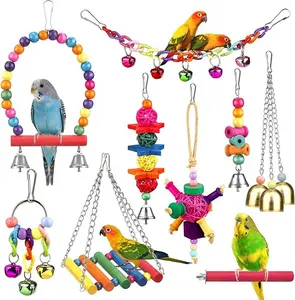Все категории
Подборки рекомендуемых товаров
Защита заказа
Центр покупателей
Начать
Торговые услуги
Скачать приложение
Скачать приложение Alibaba.com
Находите товары, общайтесь с поставщиками, управляйте своими заказами и оплачивайте их в приложении Alibaba.com в любое время и в любом месте.
Подробнее






































































































































































































































 浙公网安备 33010002000092号
浙公网安备 33010002000092号 浙B2-20120091-4
浙B2-20120091-4